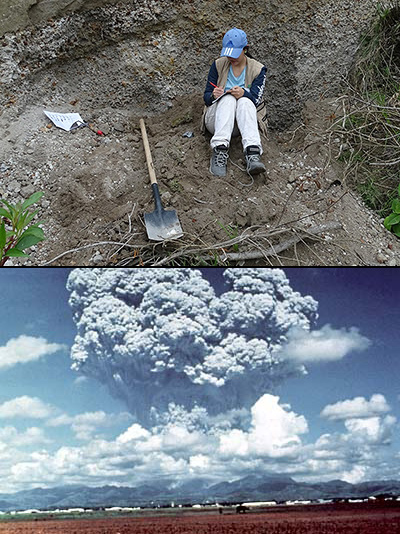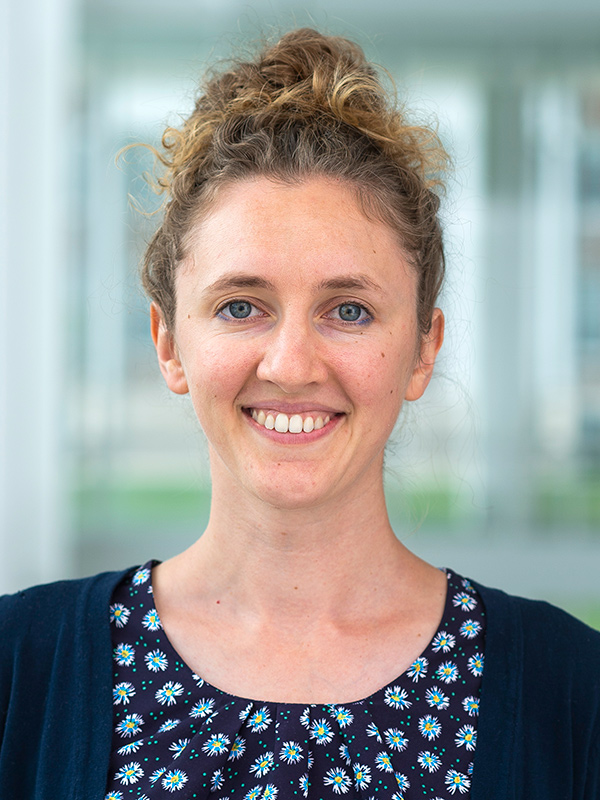Science on Tap
A monthly lecture series at UMD that explores the latest discoveries in science and technology in a relaxed atmosphere with food and drink
"Belly of the Beast: What Happens Beneath Volcanoes to Make Them Erupt?"


Megan Newcombe
Assistant Professor, Department of Geology
University of Maryland
Monday, September 30, 2024
Doors open at 6 p.m.
Lecture begins at 6:30 p.m.
Ledo Pizza
4509 Knox Rd.
College Park, MD 20740
Paid parking is available in the attached city garage, which guests can enter on Yale Avenue. Guests may enter the event venue via the Ledo entrance on the corner of Knox Road and Yale Avenue.
Food and beverages will be available for purchase at the event.
If you have any questions about attending this event, including disability accommodations, please contact Rena Surana-Nirula at rena@umd.edu or 301-405-6563.
Subscribe to Receive Science on Tap Emails
About the Talk
As you read these words, approximately 20 of Earth’s ~1,000 active volcanoes are erupting. Despite advances in volcano monitoring systems, it is still difficult to provide accurate eruption forecasts. The stakes are enormous: the 2018 eruptions of Anak Krakatau and Fuego claimed more than 600 lives. In a typical year, volcanic eruptions cause significant economic loss and displace tens to hundreds of thousands of people. To improve the accuracy of volcanic forecasts, we need to understand the mechanisms of volcanic eruptions.
In this talk, I will describe ways that we can study volcanic ash from past eruptions to understand the guts of volcanoes and their potential for future explosive activity. 3600- year-old ash from a Colombian volcano called Cerro Machín reveals that this grassy unassuming dome in the Colombian landscape had an explosive past, erupting one of the most water-rich magma compositions ever measured.
About the Speaker
Megan Newcombe is an assistant professor in the Department of Geology at the University of Maryland. Her research group (the UMD Planetary Volcanism Laboratory) studies the inner workings of volcanoes and the origin of Earth’s water. Newcombe earned her Ph.D. at Caltech, where she studied lunar volcanoes and participated in the Mars Science Laboratory science team. She then moved to Columbia University’s Lamont Doherty Earth Observatory for a postdoc where she learned how to measure magma velocity just prior to volcanic eruptions. Newcombe did a second postdoc just down the road from College Park at the Carnegie Earth and Planets Laboratory before joining UMD in 2019. Newcombe lives in College Park with her husband Pratyush Tiwary (a professor of chemistry and biochemistry at UMD) and their dog Pakora. |







